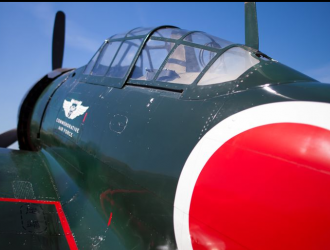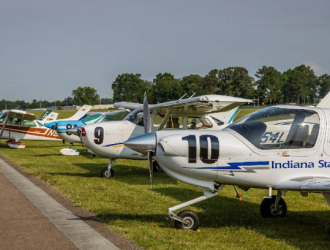
Due to losses in day-to-day operations and some aircraft being withdrawn from service, the current inventory consists of 79 aircraft. These have been modernized to the CF-18AM/BM configuration, similar to the upgrades that have been made to the Hornets flown by the Royal Australian Air Force (RAAF). The CF-18s were due to be retired in phases starting this year, but delays with the F-35 program and the political desire of the current Canadian government to exit the Lightning II program call that planning into question as well.
The 18 Super Hornets to be acquired by Canada are being billed as an “interim” measure to bridge the gap between the phase-out of current CF-18 fleet and Canada’s acquisition of something to replac them. The ultimate CF-18 replacement will now be decided after a competition between various fighter aircraft options, including the F-35.
Opting for some other aircraft has its drawbacks for Canada, F-35 proponents believe. The F-35 “is the only stealthy option available for the RCAF. Its [radar cross-section] signature-reduction technology and other advanced features make it the ideal ‘first day of the war silver bullet,’” they say.
But representatives from Boeing, Raytheon and other key members of the Super Hornet group of major contractors call this a specious argument at best. “Just who—besides the U.S.— actually does any first day of the war type of operations?” asked one senior business development executive who has marketed the Super Hornet in several countries.
Another difficulty with the F-35 has been lingering questions about the procurement and operating costs. Several Canadian news organizations and thinktanks have analyzed the numbers and say that the operating cost is at least twice that of the Super Hornet. “The cost per flight hour is [still] an estimate because no one really knows,” said one retired U.S. DoD official.
For the moment, Canadian officials tell AIN that a further procurement of the Super Hornet depends on what exactly will be offered to the country. The F/A-18E/F models flown by the U.S. Navy are modified with some of the most extensive radar cross-sectionreduction techniques ever applied to any conventionally shaped U.S. aircraft. Whether or not that same level of radar cross-section reduction technology would be sold to Canada is still not clear.



